It’s impossible not to see the fear on the woman’s face. Her eyes are wide open and tears are trickling down her cheeks. But why? With a bit of a weird feeling, I look around the place. I’m at a colourful market where hundreds of busy people bustle among the booths. However, in a dark corner, separated from the crowd stands the small booth, the desperate woman has just left. The entrance to the booth is covered with cloths and a whiff of smoke fills the air nearby. An antiquated sign reads the offer: A look into the future.
 Bit of history
Bit of history
For centuries, this kind of knowledge has been a valuable commodity, which provides those who claim to have it with enormous powers. The most famous of the so-called seers is without doubt Nostradamus. Born in 1503, he not only predicted the fate of the French king Louis XVI and the reign of terror under Adolf Hitler – above that, some of his convinced supporters assert that Nostradamus also forecast the recent election of Donald Trump. But as remarkably accurate some of Nostradamus’ prophecies are, many historic predictions allow numerous interpretative approaches, presenting a perfect target for different groups of people.
While some of them are already discussing Doomsday, others are more interested in extending their wealth with the diverse business of fortune telling. Of course, those fortune-telling products no longer focus on powerful prophecies. Instead, most of them are based on astrological interpretations of celestial bodies, also known as horoscopes.
Trading with the future
Nowadays horoscopes not only feature in many lifestyle magazines; they also help many people make important decisions. But how can a large and diverse audience create individual connections with the horoscopes? The answer is quite simple: by leaving enough room for interpretations. This will ensure that readers are able to identify with their horoscope and are retrospectively convinced that it came true.
Looking at an out-to-date horoscope from January 2017 confirms this assumption. It may sound a bit weird, but the horoscope seems unbelievably expressive and meaningful, while at the same time also kind of trivial. Among other things, the horoscope encourages me to let go of my own mask to earn some mysterious gifts. What could that mean? I basically spent the whole of January studying for some important exams. Could good marks be the promised reward? But what is the secret of the cryptic mask? As of yet, unanswered questions abound and there are no limits to imagination. In a nutshell, this is exactly what horoscopes are all about. It doesn’t matter if a student like me, a successful career woman or a family man reads the horoscope – the horoscope offers something for everyone.
It’s within ones power
After all, there are lots of people who draw strength and motivation from horoscopes. However, it does become problematic when people completely adjust their lives to fortune telling, thereby giving negative predictions too great a hold on them. We all have a free will and are able to shape our own future. And as Abraham Lincoln once said, “The best way to predict the future is to create it”.
Text & Picture: Solveig Paulsen

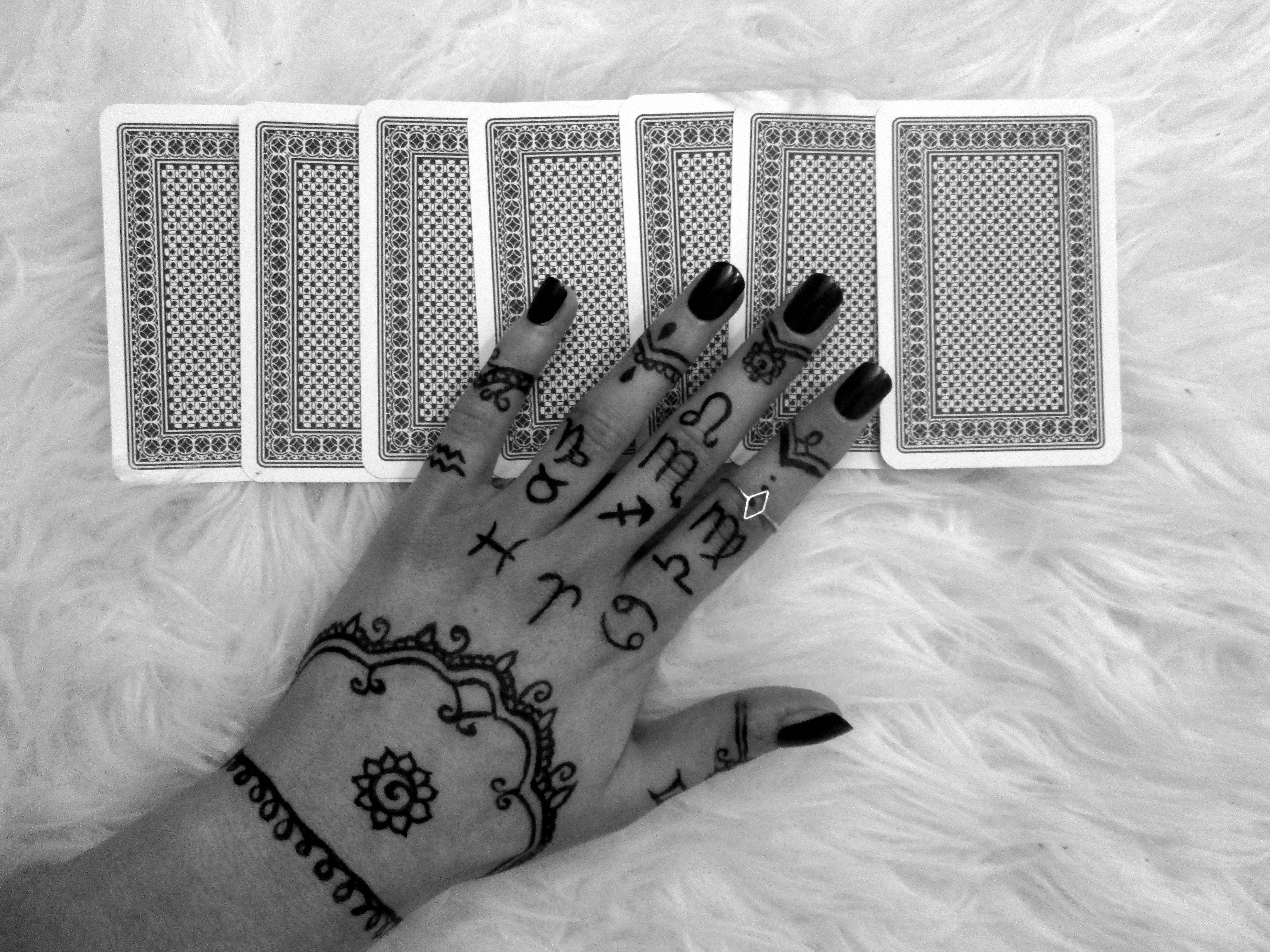
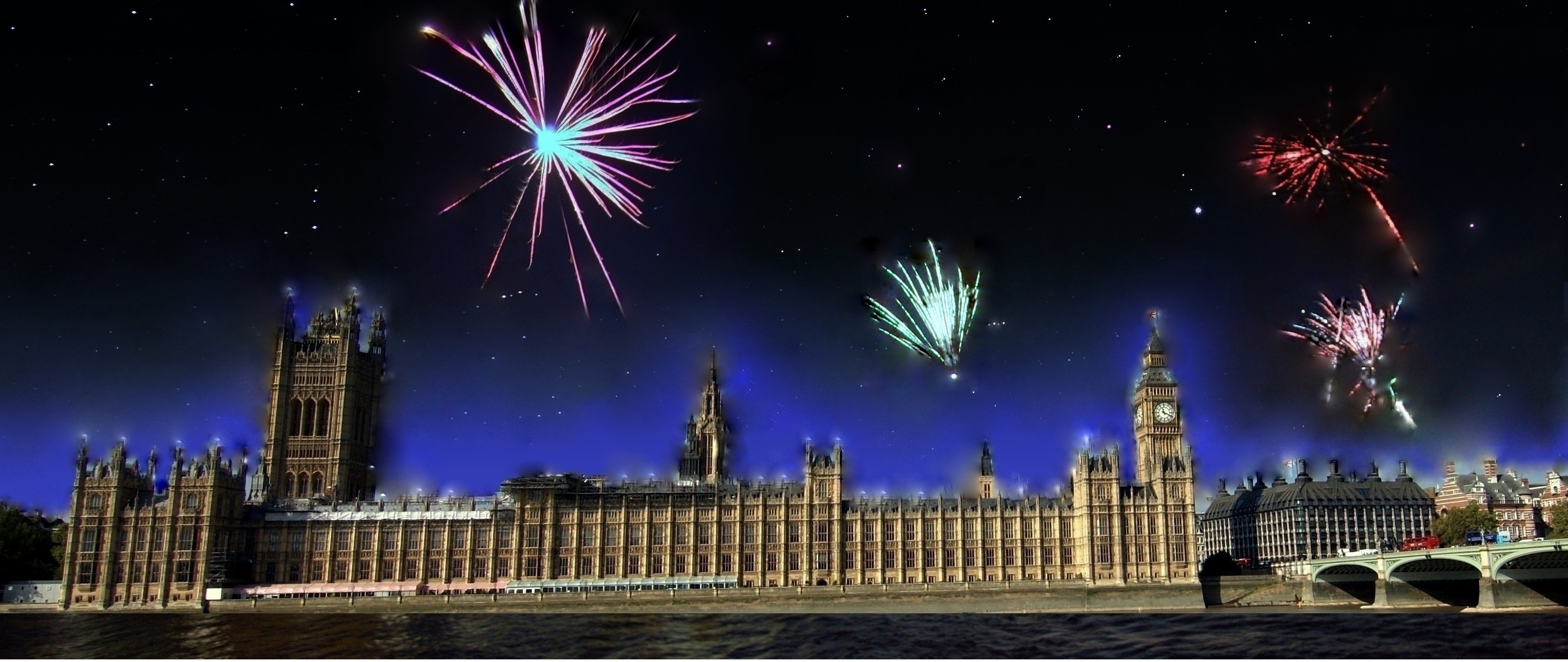

 The very first celebration of the failed gunpowder treason took place right after Guy Fawkes was arrested. The King’s Council had allowed the public to celebrate the King’s survival with bonfires. The following year Parliament passed the Observance of 5th November Act (also known as “Thanksgiving Act”) in order to remember the failed attempt to murder King James I of England. What the celebrations were like during the first years can only be speculated, though we know that at least in some communities music and artillery salutes were part of the festivities. The events were mainly for local dignitaries to start with, but were extended steadily.
The very first celebration of the failed gunpowder treason took place right after Guy Fawkes was arrested. The King’s Council had allowed the public to celebrate the King’s survival with bonfires. The following year Parliament passed the Observance of 5th November Act (also known as “Thanksgiving Act”) in order to remember the failed attempt to murder King James I of England. What the celebrations were like during the first years can only be speculated, though we know that at least in some communities music and artillery salutes were part of the festivities. The events were mainly for local dignitaries to start with, but were extended steadily.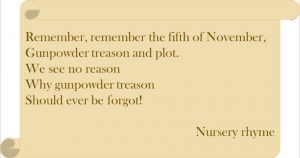 Today, every kid knows the name. “Remember, remember…” is a nursery rhyme every kid in Great Britain is bound to hear at some point. Still, when you ask people about the reason for bonfires and firework – more often than not the question results in puzzled looks. People do have a vague idea, of course, but nowadays people seem to be more interested in partying than knowing what makes this date special in the first place.
Today, every kid knows the name. “Remember, remember…” is a nursery rhyme every kid in Great Britain is bound to hear at some point. Still, when you ask people about the reason for bonfires and firework – more often than not the question results in puzzled looks. People do have a vague idea, of course, but nowadays people seem to be more interested in partying than knowing what makes this date special in the first place.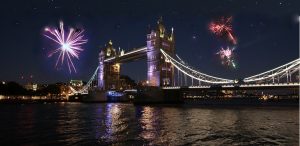
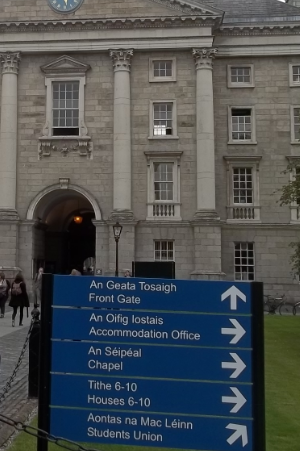

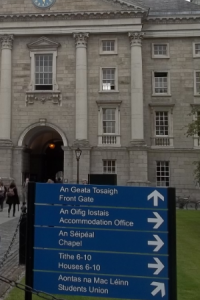
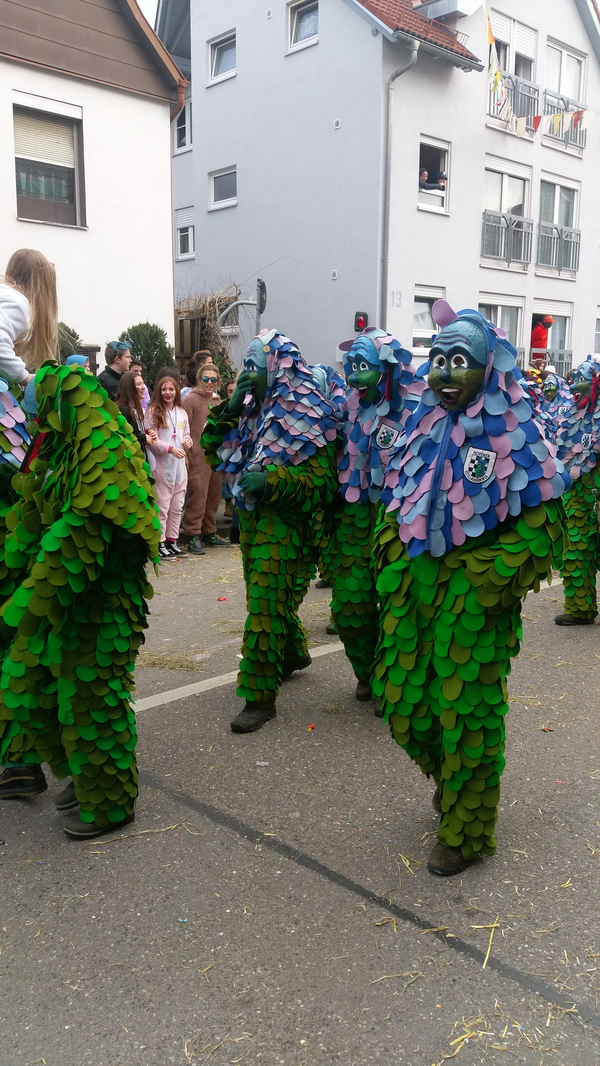
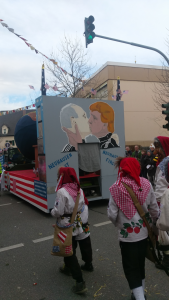 I always feel like a stranger in my hometown Füssen in the Allgäu. The reason for this is simple: Fasching, the traditional carnival in southern Germany. But thankfully, the Fasching euphoria in Füssen is rather moderate compared to the villages surrounding it, like Buching, Hopferau and so on, which you most certainly don’t know if you’re not from the area.
I always feel like a stranger in my hometown Füssen in the Allgäu. The reason for this is simple: Fasching, the traditional carnival in southern Germany. But thankfully, the Fasching euphoria in Füssen is rather moderate compared to the villages surrounding it, like Buching, Hopferau and so on, which you most certainly don’t know if you’re not from the area. worse – they can’t cope with being drunk and behave aggressively.
worse – they can’t cope with being drunk and behave aggressively.


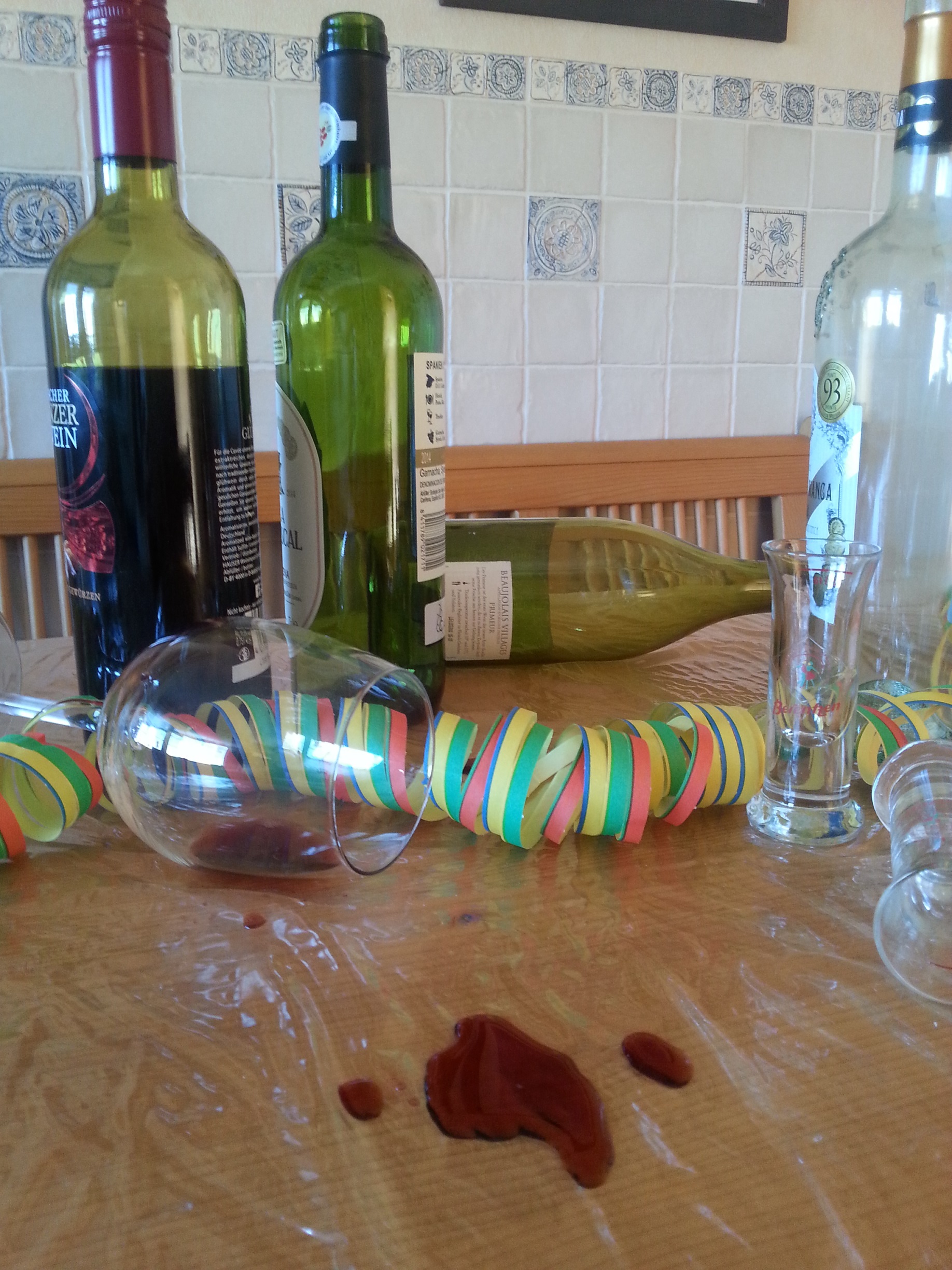

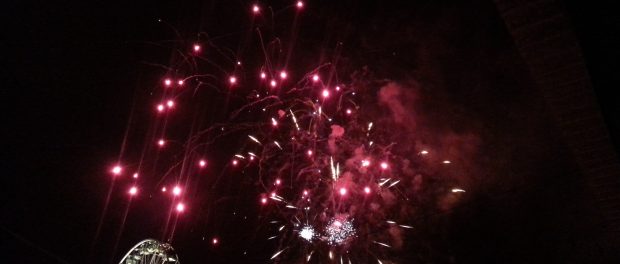
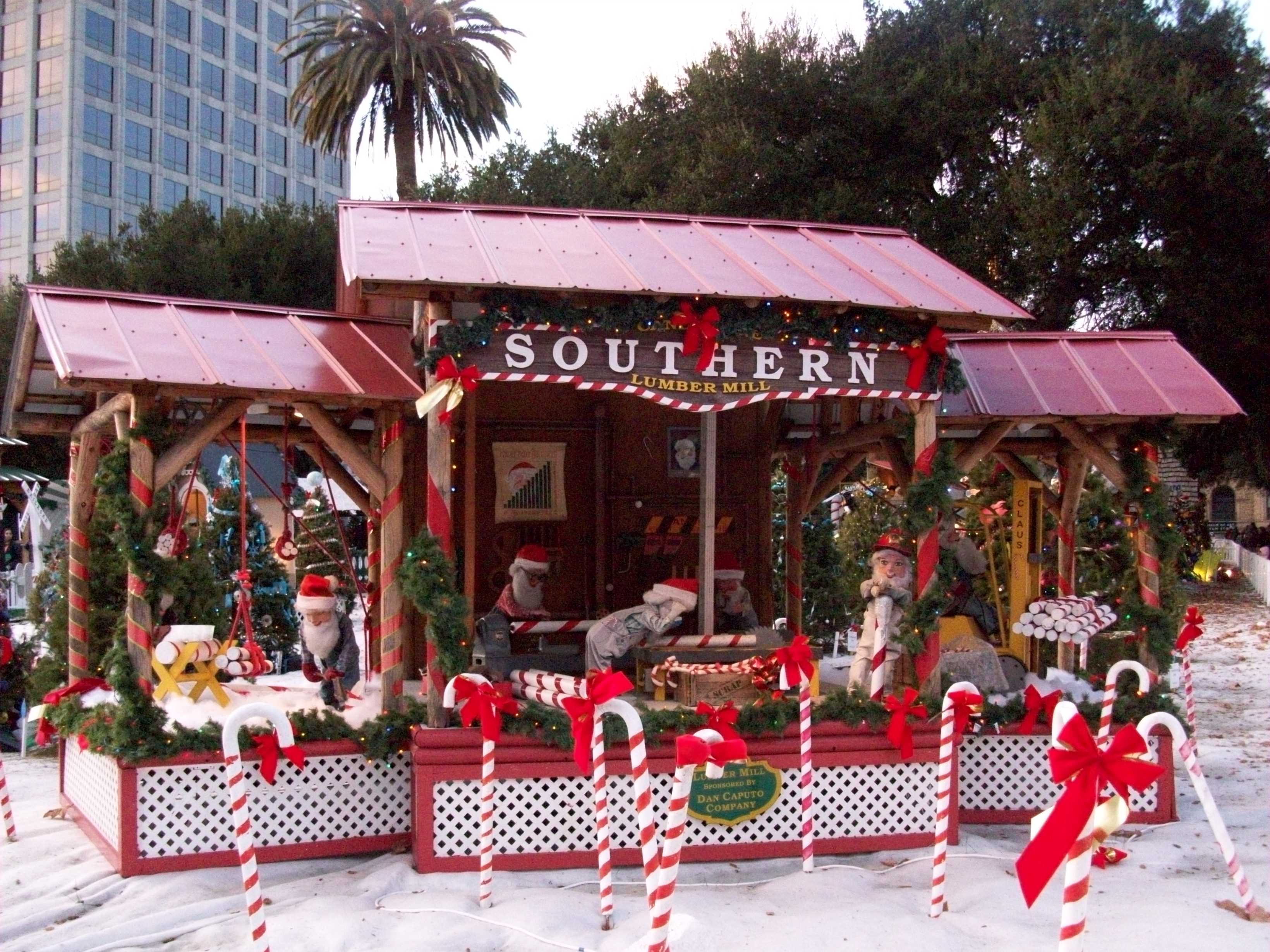
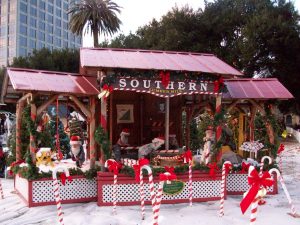 When visiting California, USA, there are a lot of different things to see that come to mind. Whether it’s San Francisco with the Golden Gate Bridge, the Victorian Houses and Pier 39, Los Angeles with its famous Sunset Blvd., Beverly Hills and Hollywood, Monterey with its great Monterey Bay Aquarium and Whale Watching Tours or national parks like Yosemite or fun parks like Disneyland, these sights are all well known and you already know about these tourist magnets I’m sure. But what you mightn’t already have heard of is “Christmas in the Park”, which takes place every year for about five weeks in San Jose.
When visiting California, USA, there are a lot of different things to see that come to mind. Whether it’s San Francisco with the Golden Gate Bridge, the Victorian Houses and Pier 39, Los Angeles with its famous Sunset Blvd., Beverly Hills and Hollywood, Monterey with its great Monterey Bay Aquarium and Whale Watching Tours or national parks like Yosemite or fun parks like Disneyland, these sights are all well known and you already know about these tourist magnets I’m sure. But what you mightn’t already have heard of is “Christmas in the Park”, which takes place every year for about five weeks in San Jose. hundred decorated Christmas trees on display in the park, which is located in Plaza de Cesar Chavez Park in Downtown San Jose. The trees are decorated with different kinds of ornaments by school classes, kindergarten classes, local companies and community organizations. Every tree is very unique and shines with all its really individual embellishments. In addition to firs, you’ll find a set of displays that are set up lovingly. There are, for example, elf woodcrafters, a candy store, a Little Swiss Clockmaker’s Shoppe, a melting snowman and let’s not forget Santa’s booth. Of course, there are also vendors – food or other merchandise – so everyone will find a way to spend money, if they want to.
hundred decorated Christmas trees on display in the park, which is located in Plaza de Cesar Chavez Park in Downtown San Jose. The trees are decorated with different kinds of ornaments by school classes, kindergarten classes, local companies and community organizations. Every tree is very unique and shines with all its really individual embellishments. In addition to firs, you’ll find a set of displays that are set up lovingly. There are, for example, elf woodcrafters, a candy store, a Little Swiss Clockmaker’s Shoppe, a melting snowman and let’s not forget Santa’s booth. Of course, there are also vendors – food or other merchandise – so everyone will find a way to spend money, if they want to. Obviously, Christmas in the park is a well-designed family venue, as it offers a lot for kids to discover. They’re bound to love the fact that Santa’s actually sitting there in his booth and they can tell him about their dearest wishes for Christmas, while their parents are taking snapshots. For those who prefer to have professional photos, there’s even a photographer. The quality pictures can be picked up a few minutes later. But not only are the youngest among us bound to enjoy the decorated park. The festive trees might also give adults some new ideas for trimming their own tree at home – or they can simply enjoy the park.
Obviously, Christmas in the park is a well-designed family venue, as it offers a lot for kids to discover. They’re bound to love the fact that Santa’s actually sitting there in his booth and they can tell him about their dearest wishes for Christmas, while their parents are taking snapshots. For those who prefer to have professional photos, there’s even a photographer. The quality pictures can be picked up a few minutes later. But not only are the youngest among us bound to enjoy the decorated park. The festive trees might also give adults some new ideas for trimming their own tree at home – or they can simply enjoy the park. What I really liked during my visit was the special atmosphere. You can walk around the park with all the nicely-decorated trees and the other festive displays. It can’t be compared to a “Christkindlesmarkt” that we’ve been very familiar since we were small. While you’re surrounded by the holiday glitter, you se e the large palm trees in the Californian setting, which gives you a unusual kind of experience, especially if this is the first time you’ve spent the holiday season away from the usual “Let’s hope there’s snow at Christmas” thinking. Don’t hope for snow in San Jose because, you know, it’s not gonna happen.
What I really liked during my visit was the special atmosphere. You can walk around the park with all the nicely-decorated trees and the other festive displays. It can’t be compared to a “Christkindlesmarkt” that we’ve been very familiar since we were small. While you’re surrounded by the holiday glitter, you se e the large palm trees in the Californian setting, which gives you a unusual kind of experience, especially if this is the first time you’ve spent the holiday season away from the usual “Let’s hope there’s snow at Christmas” thinking. Don’t hope for snow in San Jose because, you know, it’s not gonna happen.